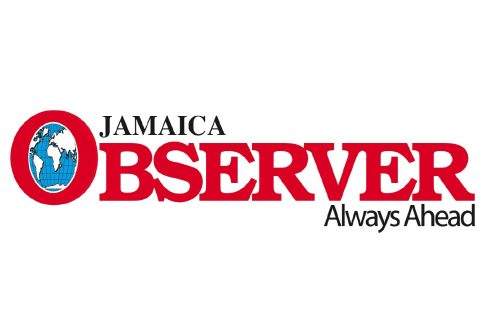This Means War — Part II by Debra Fraser
Last article we spoke about the effects the external and internal environments can have on team members’ stress levels and how this can manifest into workplace conflict. Emphasis was placed on mitigating potential red flag issues of harassment and tension by implementing effective screening and training measures. However, no amount of pre-employment evaluation or on-the-job behavioural conditioning can compete with hardwired familial socialisation. Values and attitudes have changed dramatically from a generation ago. Employers of choice have had to adapt to a new type of worker since much of what was normal or expected as it relates to working conditions and interpersonal relations are no longer acceptable or, in some cases, even legal anymore. The rules of engagement have certainly changed.
Society & the Workplace
If we are to use the evolution of our collective mentality as a barometer, then we ought to be more realistic about the dramatic shifts in expectations and our approach to handling workers’ concerns and conflicts. The ever-increasing role of HR practitioners underscores the value leaders place in trying to understand what makes employees tick, and more importantly from a business standpoint, what it takes to get maximum productivity out of them. In many organisations, managers and supervisors constantly feel like they’re chasing their tails when it comes to making progress with keeping motivation and positive worker interactions at high levels. However, if society is a reflection of our collective state, then the problem may be even larger than we are prepared to acknowledge, or even equipped to manage. It must be very frustrating for companies who are woke to the cultural and personal issues of their team members, and then invest heavily in training and engagement measures only to be continuously putting out conflict and discontentment fires among staff ranks. It begs the question, ‘what are we missing, or not doing right?’
A Vicious/Virtuous Cycle
Then there is the issue of employees we’ve invested in being headhunted by our competitors, leaving us in a treadmill-like state — putting out much effort but not really going anywhere. If we’re honest, we would concede that the war of attrition often has little to do with a better salary package offer elsewhere. As HR practitioners can attest, it is often the result of poor management. We can attest to how often managers allow good workers to leave because they didn’t lead or guide them well enough. When these team members under-perform, it is they themselves who take the hit when it’s really their superior who pulled the trigger. These kind of conflicts are common in many organisations, which can breed a culture of passive aggressive victimisation — a silent energy sapping, productivity killing disease in the war against workplace conflict. However, the mission is not impossible if leaders and workers are on the same page and are committed to a strategy of peaceful resolution and not make confrontation their first course of action.
Debra Fraser MBA, is CEO of Caribbean HR Solutions, a board member of the BPIAJ and the Global Services Sector, a member of the Human Resource Management Association of Jamaica, and Society of Human Resources Management. Please direct comments to dfraser@caribbeanhrsolutions.com or www.caribbeanhrsolutions.com
Read More
http://www.jamaicaobserver.com/career-education/this-means-war-part-ii_185428?profile=1270
One comment
Comments are closed.



February 15, 2020
Great content! Super high-quality! Keep it up! 🙂